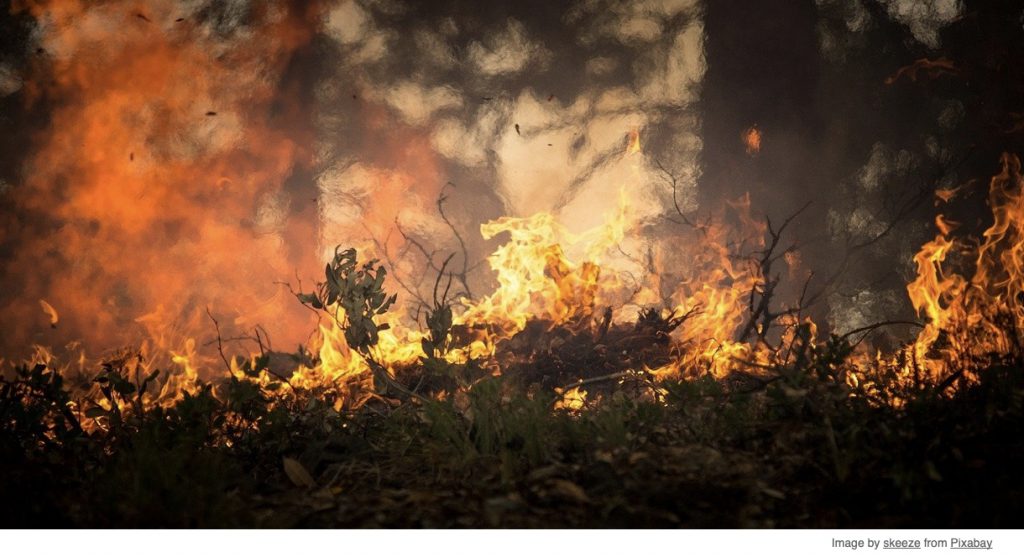Recent large fires fed by forest management issues and climate change.
There is a lot of misinformation about the state of our forests, especially in the intense political climate we are in regarding the causes of the massive forest fires in the West.

Commercial thinning is a method used to open up the tree crowns to light as the trees are growing. There is usually one, sometimes two, commercial thinning during that time. These trees grow, sometimes over a 40 to 60 year cycle depending on the soil productivity. Some landowners grow trees 80 to 100 years. Throughout that time, the smaller, less vigorous trees are removed, forest debris does not build up, and in the end, the tree spacing may be 16 feet or more between remaining trees. The result is a healthy forest. Unfortunately thinning as a tool of the professional forester has occurred far less frequently in recent years.
After the Spotted Owl restrictions essentially stopped all timber harvest on federal lands in the early 1990s. It resulted in a domino effect of reducing active management, revenue to maintain the forest (for thinning, restoration and fuels reduction), mill closures, and having significant negative impacts on rural economies. This has created a situation in Western forests where debris has built up, and dog-haired stands of closely spaced trees are growing.
These trees have become less healthy, fuels increased and forests overall have become much more prone to fire as time goes on. This condition occurs across vast areas of federal forests in Oregon and the West.
The current situation in the West is a perfect storm. Because so much of the timber has burned on Forest Service or BLM (Bureau of Land Management) lands, it reflects the decades of poor investment, in or a lack of forest management.
It has been a frustration to the few foresters left in the Forest Service and BLM who have not been allowed to practice sound forestry practices that they know are important, due to budget and political constraints.
In many places, forest management positions in these agencies were reduced and replaced with forest recreation-related positions. There are many Forest Service districts that don’t have anyone left who can lay out a sound management and harvest plan.
Many foresters have predicted what is happening now for years.
The second issue is climate change. As a person who also has a degree in Meteorology, I tend to follow the preponderance of research evidence that global warming is real. There will always be a few scientists with various political agendas that deny global warming, and it is these people that those who are unwilling to accept that climate change is happening, cite to justify their positions.
Currently Biden says the issue is global warming. Trump says it is poor forest management (I would ask why he has not increased funding for better forest management on federal lands during his four years a President.)
The truth it is a combination of both (as well as other factors). For the last 20 years, those who follow climate change in the West have seen more and more drought conditions and more extreme weather that are normal indicators of global warming. This has created a situation where the forests are extremely dry, longer fire seasons (by weeks) and because there has not been the investment in sound forest management on federal lands, we have unhealthy, dense forests with a lot of debris on the forest floor. All it takes is a spark.
Because of the more extreme nature of weather due to global warming, the driving factor of many of the recent wildfires in Oregon was sustained winds of 85 MPH plus for 10 hours straight. This caused the Beachie fire to grow from 500 acres to over 140,000 acres in 24 hours. This is unheard of winds speeds in the history of tracking winds in the Cascades.
I hope this helps people understand what is happening in Western forests. So much of the time people want solutions that are easy and politicians say what will get them votes. The reality is that it is much more complex than that. It is clear that much more funding must be committed to sound forest management practices on our National Forests.
—-
Terry Brown is Professor Emeritus, Wood Science and Engineering Department, OSU, and Director of the Lumber Quality Institute, LLC.


Advertisement